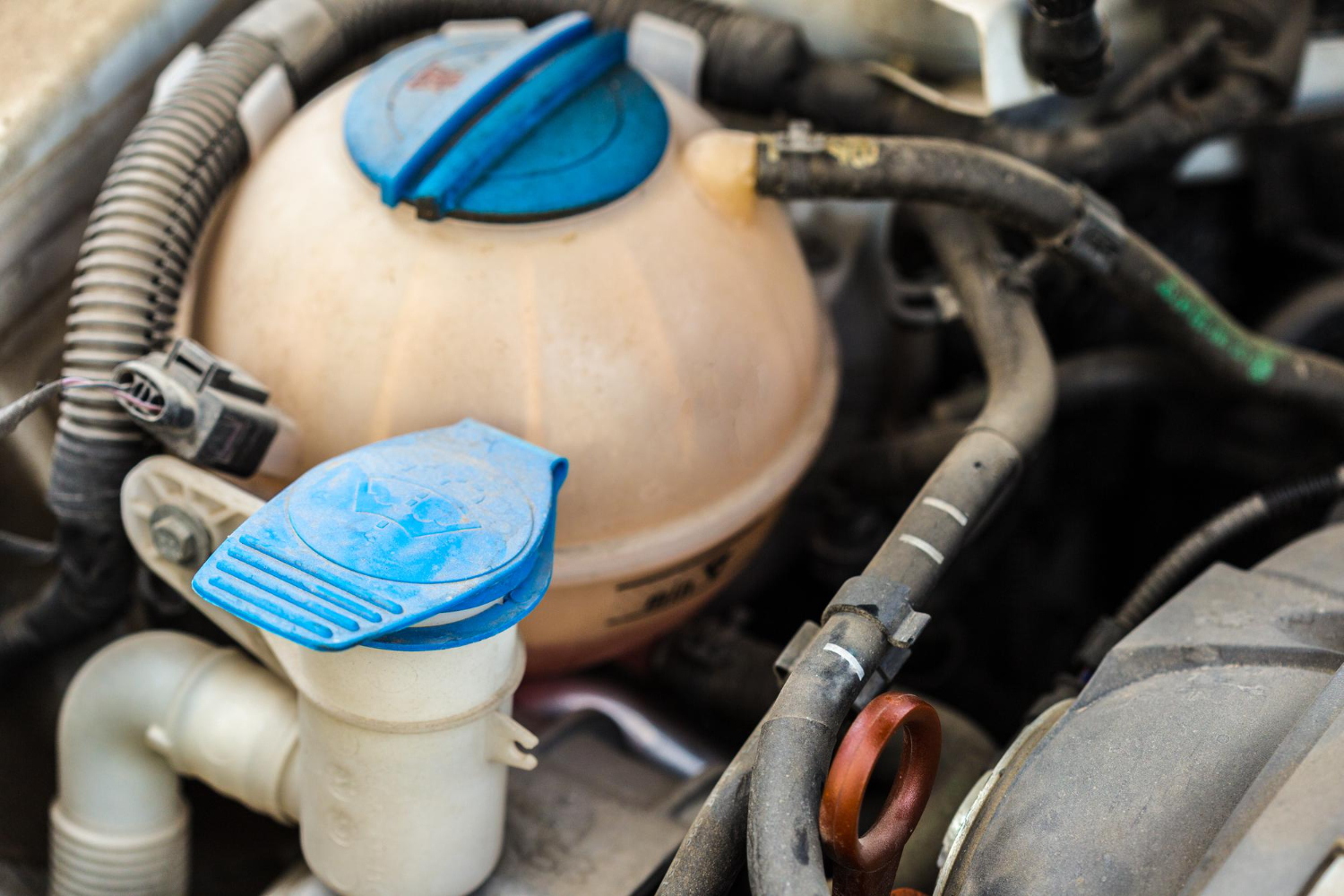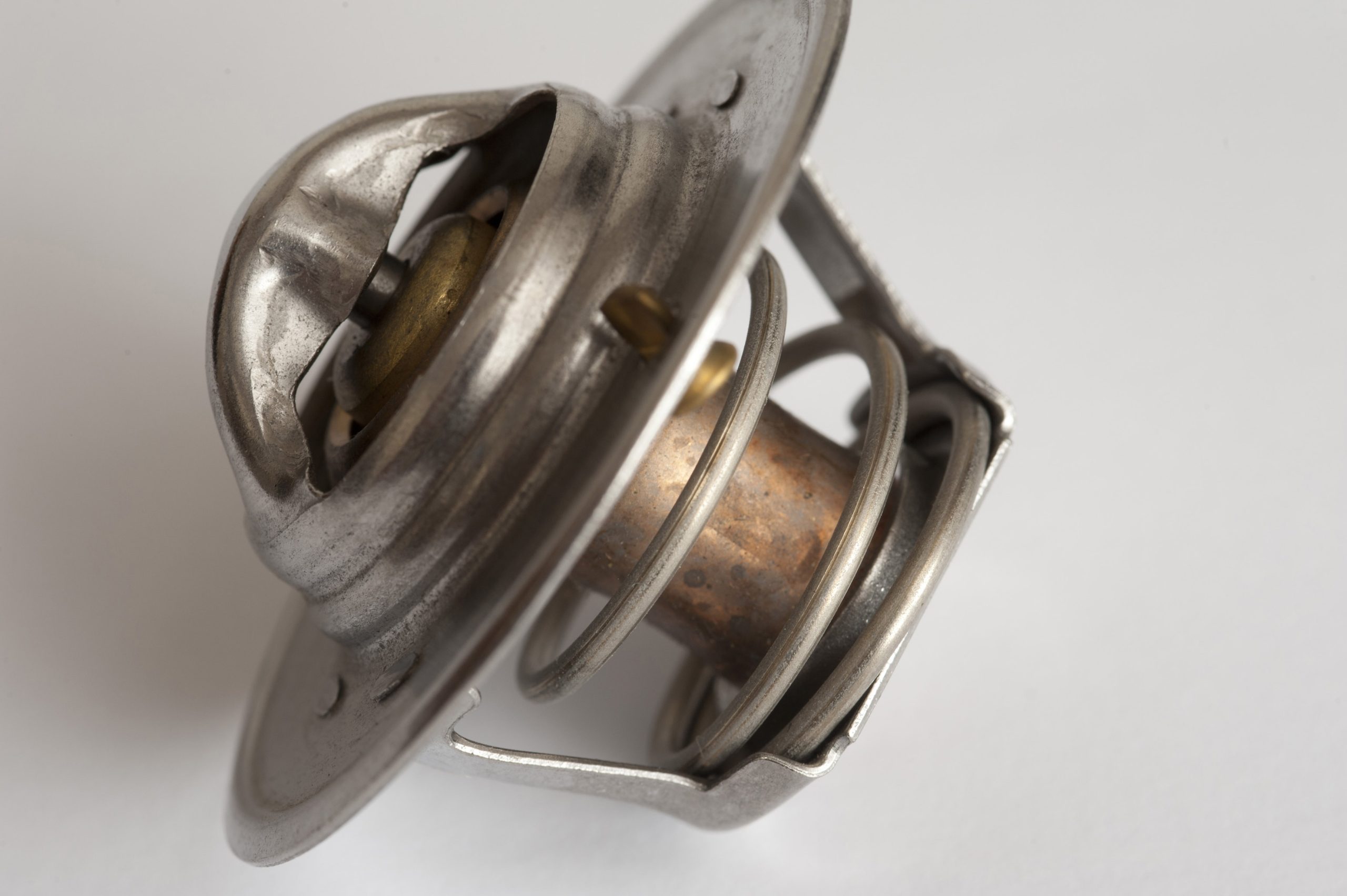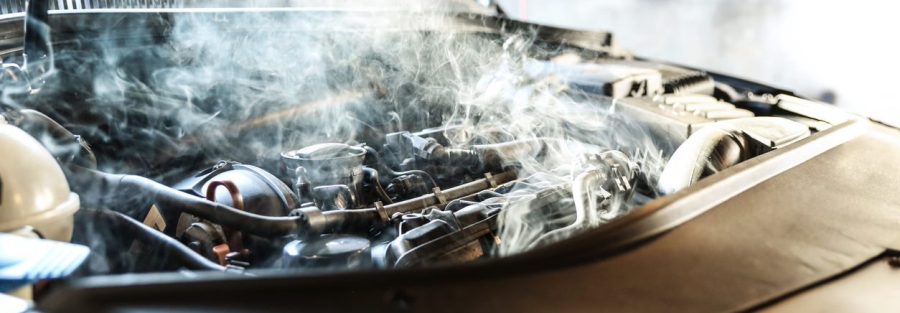Engine overheating issues can strike unexpectedly, turning a smooth drive into a stressful situation. Whether you’re navigating city streets, tackling off-road terrain, or embarking on a long highway journey, an overheating engine can bring your plans to a screeching halt.
In this guide, we will delve into the art of troubleshooting engine overheating issues, equipping you with the knowledge and steps needed to diagnose, address, and prevent this potentially costly and disruptive problem. Your vehicle’s well-being and your peace of mind on the road depend on your ability to keep its engine running cool and reliable.
Engine overheating is a serious problem that can lead to costly damage if not addressed promptly. If your vehicle’s temperature gauge is climbing into the red zone or you notice steam coming from the engine compartment, it’s crucial to take immediate action to prevent further damage. Here’s a step-by-step guide on how to troubleshoot engine overheating issues:
1. Safely Pull Over:
If you notice your engine is overheating, the first step is to safely pull over to the side of the road or into a parking lot. Turn off the engine and allow it to cool down. Do not attempt to open the radiator cap while the engine is hot, as it can cause severe burns.
2. Check Coolant Level:

Once the engine has cooled down, check the coolant level in the overflow or radiator reservoir. Low coolant levels can lead to overheating. If it’s low, add a mixture of coolant and water according to your vehicle’s specifications.
3. Inspect for Leaks:
Look for signs of coolant leaks under the vehicle. Puddles or a sweet-smelling liquid on the ground are indicators of a coolant leak. Check hoses, the radiator, and the water pump for visible damage or leaks.
4. Check the Radiator Cap:
A faulty radiator cap can lead to overheating. Inspect the cap for signs of wear or damage. Replace it if necessary with a cap that meets your vehicle’s specifications.
5. Inspect the Cooling System:
Carefully check the radiator, hoses, and the water pump for any visible issues like cracks, loose connections, or corrosion. If you spot any problems, they may need to be repaired or replaced.
6. Ensure the Electric Fan is Working:
Many vehicles have an electric cooling fan that helps regulate engine temperature. Check if the fan is running when the engine is hot. If it’s not working, it may need to be replaced.
7. Check the Thermostat:
A stuck thermostat can cause overheating. Consider having it checked by a professional or replacing it if needed.
The thermostat in a vehicle is typically located between the engine and the radiator, within the cooling system. Its precise location can vary depending on the make and model of the vehicle, but as a general guideline, Follow the Upper Radiator Hose, In most vehicles, you can trace the upper radiator hose from the radiator to the engine. The thermostat is often located in a housing at the end of this hose where it connects to the engine.

8. Avoid Restarting Until Repaired:
Avoid restarting the engine until you are confident that the issue is resolved. Continuing to drive with an overheated engine can lead to severe damage.
9. Seek Professional Help:
If you’re unable to identify the cause of the overheating or if the issue persists after attempting these steps, it’s advisable to contact a professional mechanic. They can perform a comprehensive diagnosis, identify the root cause of the problem, and perform the necessary repairs.
10. Preventive Maintenance:
Regular maintenance, including coolant flushes, checking hoses, and inspecting the cooling system, can help prevent overheating issues. Follow your vehicle’s recommended maintenance schedule to ensure its cooling system remains in good condition.
Conclusion
Engine overheating can be caused by a range of factors, from a simple coolant leak to a malfunctioning cooling system component. Prompt attention and thorough troubleshooting are essential to prevent serious engine damage and ensure your vehicle runs smoothly on the road.
The effects of engine overheating can be both immediate and long-lasting. In the short term, it can lead to reduced engine performance, potential damage to critical components like the head gasket and pistons, and increased risk of transmission issues.
Over time, repeated instances of overheating can result in extensive and costly engine damage, reduced vehicle longevity, and compromised safety on the road. To safeguard your vehicle’s health and your driving experience, it’s essential to address overheating issues promptly and implement regular maintenance practices to prevent them from occurring in the first place.
Vonos Auto: Your Trusted Partner for Cooling System Maintenance
At Vonos Auto, we understand the vital role a properly functioning cooling system plays in the overall health and performance of your vehicle. Our commitment to your vehicle’s well-being extends to every component, including the thermostat. When it comes to thermostat inspection, replacement, or any cooling system service, our skilled technicians have the expertise and experience you can rely on.
We know that a well-maintained thermostat ensures your engine operates within its optimal temperature range, preventing overheating and preserving engine longevity. Whether you drive through the city streets or embark on longer journeys across Nigeria, Vonos Auto is your dependable partner for all your cooling system needs. Your vehicle’s reliability and your peace of mind on the road are our top priorities.





